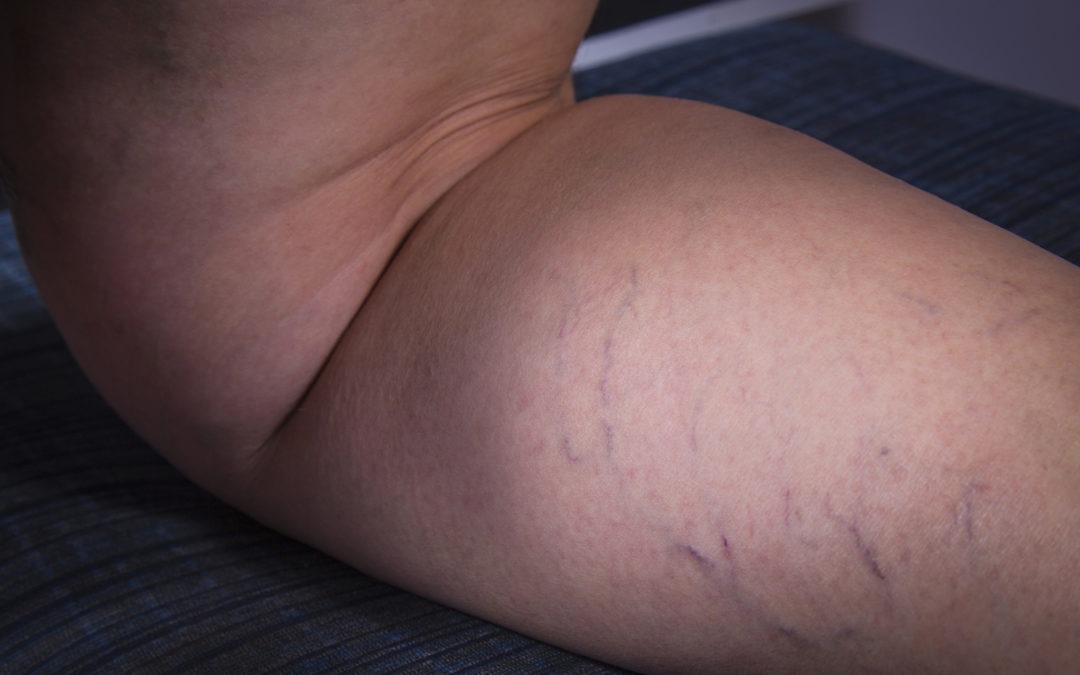In the past, there were few available options for people suffering from painful and unsightly varicose veins. Fortunately, science has evolved to develop a number of vein treatments and vein procedures to address varicose veins of all types and levels of severity.
Laser Treatment & Surgeries for Varicose Veins
Many of the most popular varicose vein treatments today are laser treatments, which use concentrated heat to close diseased veins and cause them to fade away. The blood from these veins naturally reroutes to others. Delivered through a catheter that doctors insert under the skin, endovenous laser treatment (EVLT) is safer and less painful than traditional surgical methods. It also causes less scarring.
Similar to EVLT, sclerotherapy is a non-invasive varicose vein procedure that causes diseased veins to collapse and ultimately dissolve. Rather than using laser heat to accomplish this, a sclerotherapist injects a chemical solution that irritates the lining of blood vessels to close them.
A far cry from the highly invasive vein stripping and ligation surgeries that proceeded it, ambulatory phlebectomy is a micro-surgical procedure in which diseased veins are pulled from the body through a series of tiny incisions. Unlike EVLT and sclerotherapy, this procedure actually removes varicose veins rather than letting the body absorb them naturally.
What Are Varicose Veins?
From the smallest superficial vein near the skin’s surface to the deep veins that can cause serious health problems and require drastic surgical intervention, varicose veins occur when malfunctioning valves cause blood to pool under gravity and venous walls to expand under pressure.
What Are the Risk Factors for Varicose Veins?
Anything that causes vein inflammation and inhibits blood flow can cause or aggravate varicose veins. In addition to genetic predisposition, common health factors that contribute to the formation and worsening varicose veins include smoking, obesity, inactivity, and muscular atrophy. Pregnant women are also particularly susceptible to varicose veins.
In addition to the appearance of veins that are enlarged, discolored, gnarled, and/or twisted, symptoms of varicose veins include at-site pain, swelling, and itching. In extreme cases, varicose veins can cause a lack of adequate blood flow (venous insufficiency) or blood clots (superficial thrombophlebitis and superficial venous thrombosis) that can lead to pulmonary embolisms and other serious problems.
Can You Prevent Varicose Veins?
The best way to prevent varicose veins is by addressing the controllable key risk factors listed above. Don’t smoke, stay active, and control your weight. Pregnant women and others at a particularly high risk may also choose to wear compression stockings, which squeeze the lower legs applying pressure that promotes better blood flow and stops varicose vein development.
Treatments for Varicose Veins
The best way to address your vein issues will entirely depend on what kind of treatment you need. Depending on the specific nature of your condition, you may require…
Varicose Vein Treatment
Spider Vein Treatment
Other Body Vein Treatments
Schulman Vein and Laser – Exceptional Vein Doctor in Long Island
If you live in Long Island, New York, and you have questions about varicose vein treatment and surgery options, you owe it to yourself to meet the vein physicians at the Schulman Vein and Laser Center. Act now to schedule an appointment at one of Schulman’s three offices, two in Long Island and one in Manhattan.

